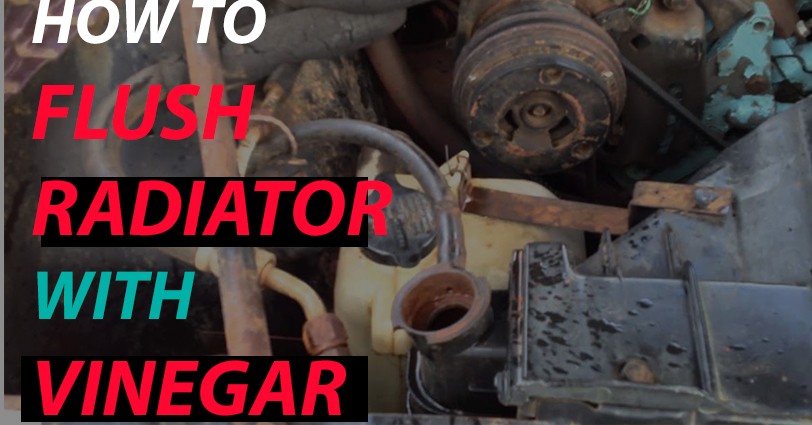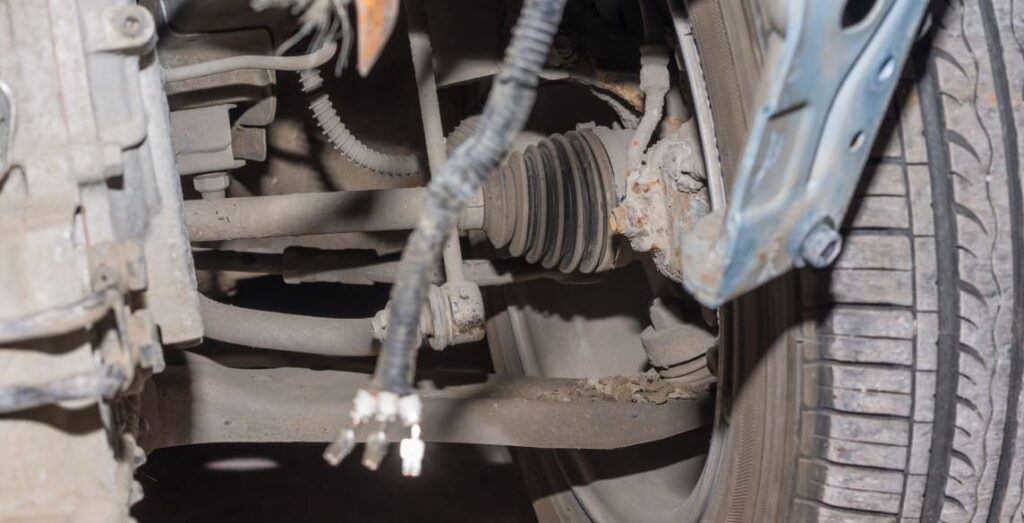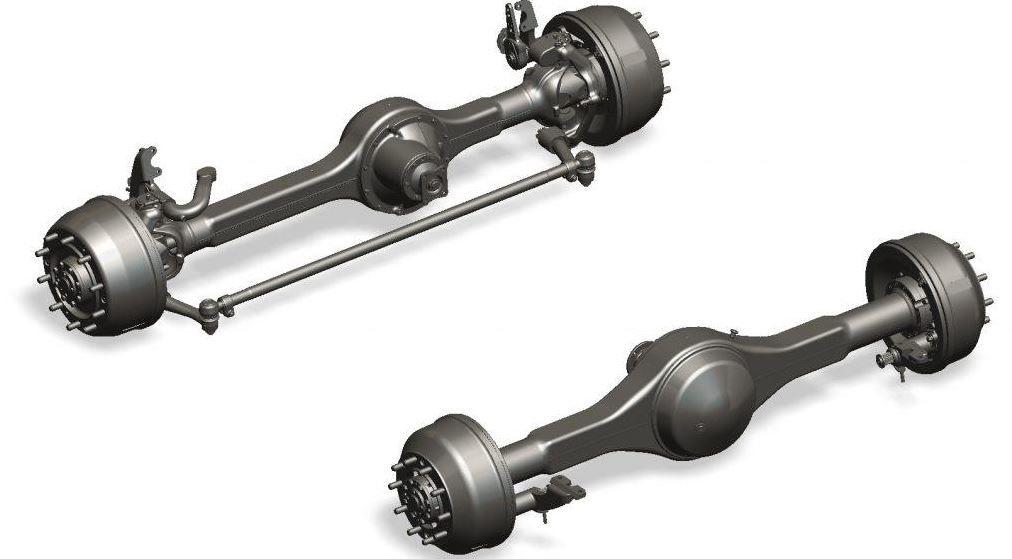Last updated on January 13th, 2023 at 08:25 pm
The radiator is the component of a vehicle that houses the coolant. The coolant is the fluid that travels through the vehicle to reduce the heat of the engine.
When there is a low level of coolant in the vehicle, it may lead to overheating of engine. Another thing that could cause overheating is whenever the radiator is clogged or dirty.
Debris or rust can form in the radiator and affect its performance greatly. There are lots of cleaners that you can use to flush your radiator.
However, if you cannot get the ready made cleaners, you may choose to flush your radiator with vinegar.
When a coolant has been in the radiator for so long without changing, or if the coolant system has not been flushed for a long time, it could lead to blockage in the radiator.
How to Flush Radiator With Vinegar (Flushing Radiator with Vinegar)
A blocked radiator can affect the engine or destroy certain components in the vehicle. Some of the symptoms to look out for, if you have a blocked radiator include leakages, faulty water pumper, leaking head gaskets, and overheating.
You need to look out for these signs and check whether your radiator is in perfect condition or not. This will be a preventative measure against damaging your engine.
Related Articles: Why is My Top Radiator Hose Hot and Bottom Cold?
How Much Coolant Should Be In The Overflow Tank
Can You Flush Radiator With Vinegar
Vinegar has mild acidic properties and it can be used to clean the coolant tank. It does not matter how clogged you think your radiator is, you can clean it with a mixture of vinegar.
Whether the radiator has clogged, or rusty pores, cleaning it with vinegar and water will have a positive effect on it. Your radiator will become smooth and clean.
It is a safe and quick way to get what you want without spending much. However, before you proceed to use the mixture of water and vinegar in flushing your radiator, you need to know how to create the chemical reaction.
Using Household Items to Flush Radiator.
There are lots of chemical products that you can use to flush out your radiator if it is corroded. You can use household items to flush radiator like:
- Vinegar
- And water to clean your radiator.
They are homemade products that you can use without spending a fortune. If you cannot get the cleaning chemicals that are used in flushing out the radiator, you may simply prepare this solution in your home. They are easy and safe to use.
How to Flush Radiator with Vinegar
There are various reasons that could cause a clogged radiator. When a radiator is clogged, the airflow will seize, and it may cause the car to overheat.
Flushing your car with vinegar will remove all these impurities, and your radiator will be back to good working condition.
The first thing you need to do is to remove the radiator cap and lose the drain so that the coolant inside it will come out.
To avoid messing the floor when flushing the radiator, you should place a pan under. This will catch the coolant and avoid any spill.
After doing this, you should pour water into the radiator halfway. Then, add the gallon of distilled vinegar and fill up the radiator with water.
Now, return the radiator cap and start your engine. Let it run for a few minutes until you get to a normal temperature.
After it has gotten to a normal temperature, shut down the car and let it remain in the garage all through the night.
Then, remove the radiator drain so that the solution will come out. As it is coming out, flush the radiator with a hose.
What to do before flushing radiator with vinegar and after
Before you start flushing your radiator with vinegar, you need to remove the previous coolant in the radiator. Don’t add the vinegar with the coolant.
Drain it all in a pan. Then, once you are certain it is drained, proceed to pour in the vinegar for flushing.
Once you are done with cleaning with the vinegar, the next thing to do is to fill in a clean coolant fluid.
Make sure you fill the right amount of anti-freeze and distilled water. Ensure you also use the right antifreeze as recommended by your vehicle’s manufacturers.
Conclusion
Flushing out your radiator is something you should do once you start seeing the symptoms mentioned earlier in this post.
A dirty, or clogged, or corroded radiator can have negative effects on your engine. Flushing out the radiator on time is a way of preventing your engine from getting damaged.
Related Articles:
How to Flush Coolant System of Toyota Corolla

Hi dear, I am Dennis Gift, an autobody repair technician with over 4 years of experience; and I love everything about fitness and cars and researching and sharing my experience. And this is where I get to do that freely without reservations. So come along with me.




